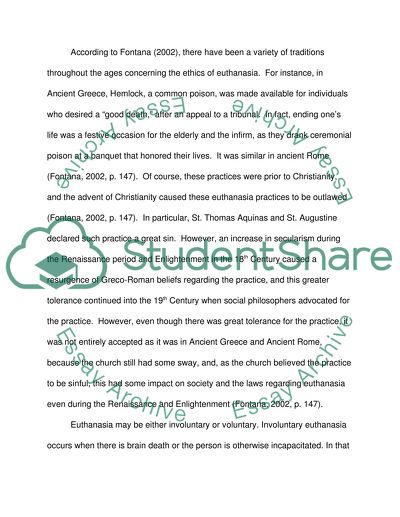Cite this document
(“Christian Perspectives on Euthanasia and Physician Assisted Suicides Research Paper”, n.d.)
Retrieved from https://studentshare.org/religion-and-theology/1392950-what-are-christian-perspectives-on-euthanasia-and
Retrieved from https://studentshare.org/religion-and-theology/1392950-what-are-christian-perspectives-on-euthanasia-and
(Christian Perspectives on Euthanasia and Physician Assisted Suicides Research Paper)
https://studentshare.org/religion-and-theology/1392950-what-are-christian-perspectives-on-euthanasia-and.
https://studentshare.org/religion-and-theology/1392950-what-are-christian-perspectives-on-euthanasia-and.
“Christian Perspectives on Euthanasia and Physician Assisted Suicides Research Paper”, n.d. https://studentshare.org/religion-and-theology/1392950-what-are-christian-perspectives-on-euthanasia-and.


